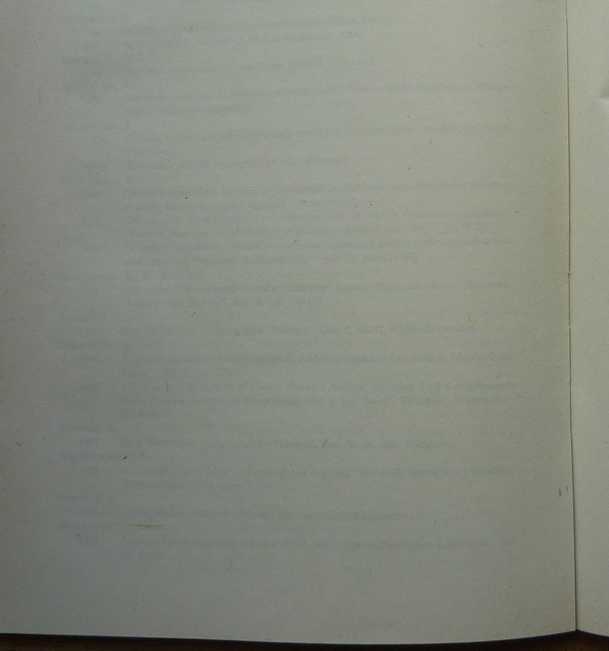12961 P1060311





Unconycmional Archacology ISBN 83-04<00304«X
Janusz Ostoja-Zagórski
An Attcmpt at thc Reconstruction of Economic Transformations in thc Hallstatt Period
In the North and West Zonę of the Oder and Vistnla River Basins
Iniroduction
In the younger phascs of the Hallstatt period (about 7th to 6th cent. B.C), the ■western zonę of the Oder and Vistula rivcr basins was under the strong influence of the eastem Hallstatt culturc. Resulting from thesc influences, a separate v arian on of the “Hallstatt style" dcvełopcd, charactirizcd—among other ways—by spcdfic, painted ceramics with geometrie motifs, or ccramics of black, śhiny surfacc covered witli figura! motifs. Simultaneously with the penetration into these territories of new cultural achicvcmcnts, the idea arose of constructing fortified scltlcmcnls {Niesiołowska-Wędzkh, 1974). Thcir appearancc in many areas of Central Burope was—apparcntly—a symptom of socio-cconomic dcvelopmental leap. Several basie conditions were ncccssary to build strongholds in the given region: the exisience of numorous and woli organized groups (torritorial communities) and thcir rclative economic wcalth distinguishing them in tho givcn micro-region. It is difllcult now— considcring thc State of studics—to attempt a defmition of the genesis and function of thc abovc mentioned strongholds. This problem excecds the rangę of our const-derations. We may assumc that in the region whero particularly highly developcd forms of strongholds appear (Biskupin iypc), the north-westem zonę of the Oder and Vistula rivcr basins, i.e. in the zonę of intensivc contacts w ith the cast Ałpine and north Italian regions, a process of considerable socio-cconomic development started (Ostoja-Zagórski, 1974) which might havc led to the gradual shaping of the first skclcton of proto-urban culturc (Hensel, 1970). Furthcr transformations leading to thc finał shaping of towns wcrc impeded by—on thc one hand—intemal disturbanccs, interruption of hitltorto intensiveoast-AIpinc and north-Iialian contacts, and, on the other hand-by a tcndency of gradual languishment of socio-cconomic formations, common Uiroughout Central Europę (Tabnczyński, 1966).
In the Central Europcan zonę under diseussion the economio transformations ooincide with far-reaching ohanges in the settlement structurc. Bclwccn the end of 5th cent. and the beginning of 3rd cent. B.C. a fast dirainishing of strongholds
Wyszukiwarka
Podobne podstrony:
Śmierć oswojona etnologiczny szkic o umieraniu Śląskie miscellanea, t. 3 Literatura — folklor
IMG!18 Bohater Autor —.-Podmiot literacki PL ISSN 0084-4411 ISBN 83-04-01407-6 JACEK BALUCH AUT
Cena zł 210.— PL ISSN 0373 6547 ISBN 83-04-02633-3
mierzwinski�0 „Studia nad grodami... ISBN 83-04-03173-6 ANDRZEJ MIERZWIŃSKI FUNKCJA GRODÓW LUDNOŚCI
51889 IMG!07 (2) Autor — Podmiot literacki — Bohater PL ISSN 0084-4411 ISBN 83-04-01407-6 JERZ
IMG 91 Bohater Autor — Podmiot literacki PL ISSN 0084-4411 ISBN 83-04-01407-6 ZBIGNIEW MAJCHROW
Warszawa: Wydaw. Komun, i Łączn., 2003. - 401 s.: il.; 25 cm ISBN 83-206-1509-7 624.2/.8:624.04(075.
ISBN 83-7537-160-4 621.317:696 INSTALACJE ELEKTRYCZNE; OCHRONA PRZECIWPORAŻENIOWA; POMIARY
str115 & G. Biriicttfci-GrabowtlMi. Z. Mikulski. H)tłrolnxia ogólno. Warwa w a 2005 ISBN 83 01-1
więcej podobnych podstron